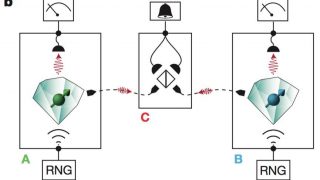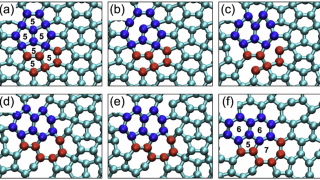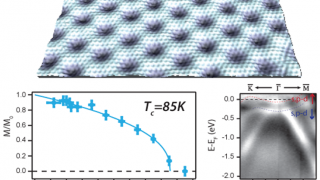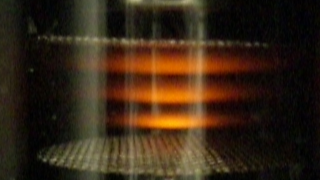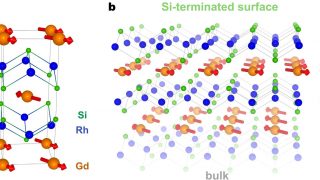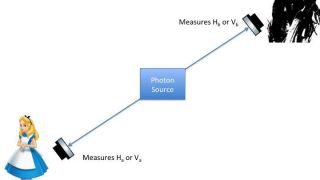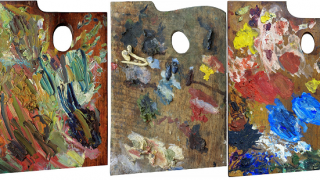
A new source of X-ray fluorescence for art
A lthough unfortunately it takes place in rare situations, the synergies between scientific and artistic disciplines offer a vast number of possible applications. The benefits are clear: on one hand artists, conservators and restorers profit from the detailed knowledge about matter and its natural transformation processes that Science provides, and on the other hand, scientists […]



